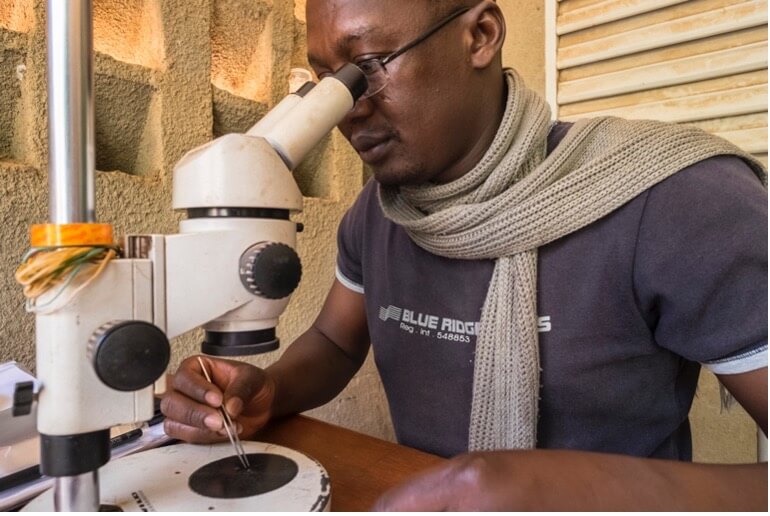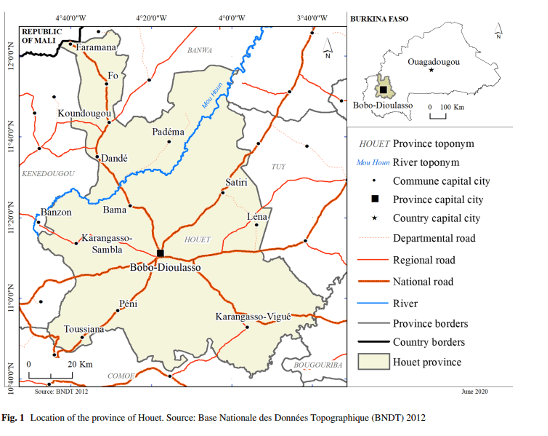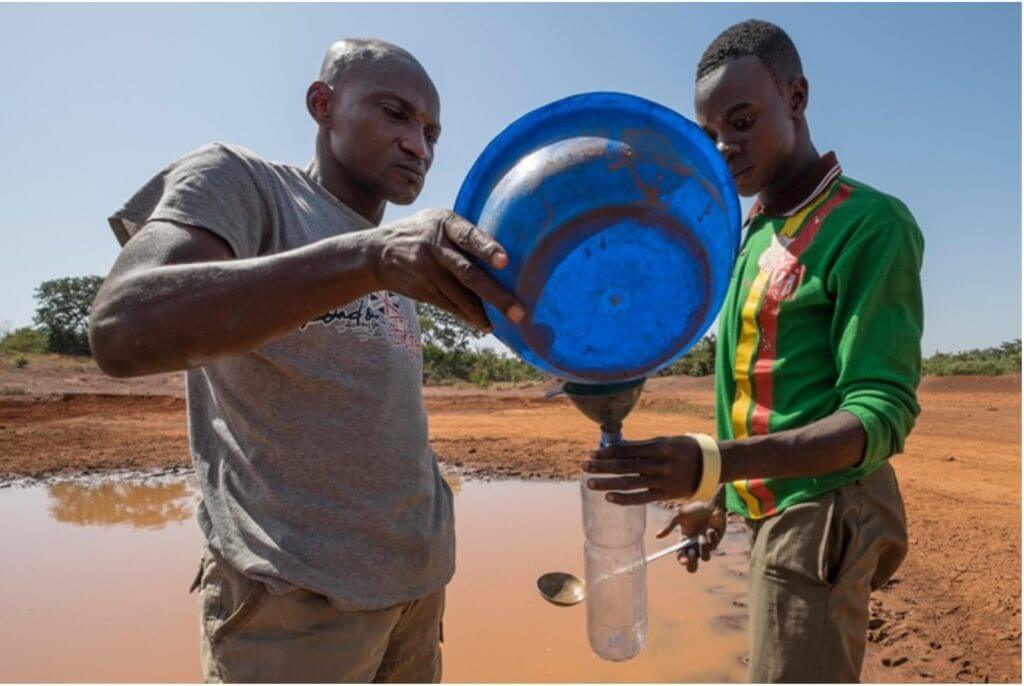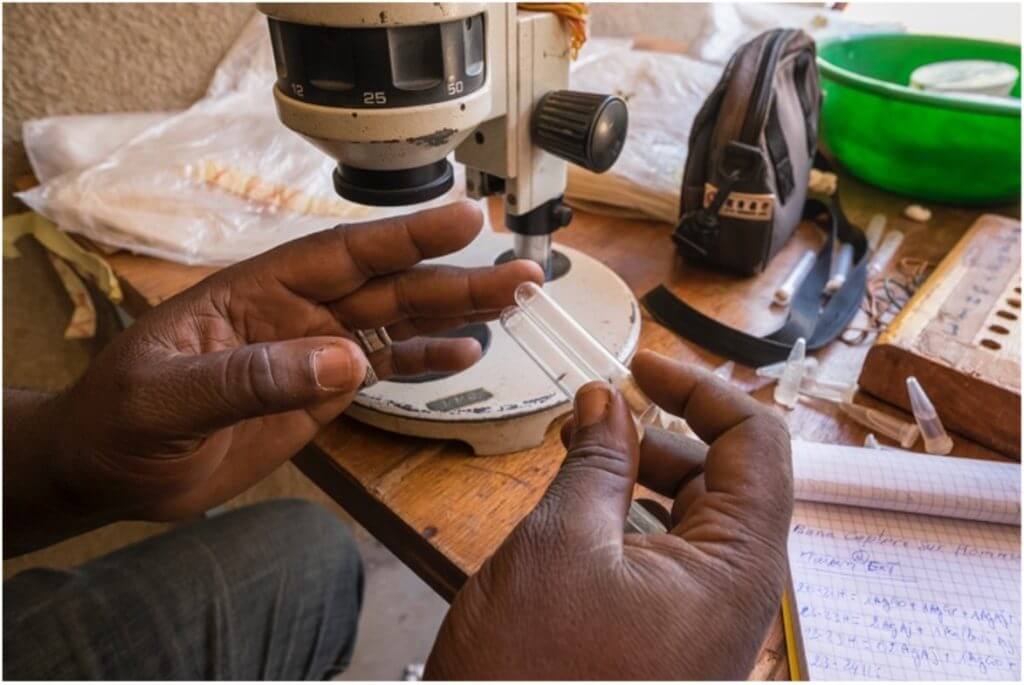What are the geographical factors that affect malaria transmission?
Posted 7
I am pleased to share a new paper I co-authored that was just published in GeoJournal that explores the relationship between malaria prevalence and geographical variables in the Houet province of Burkina Faso.

Malaria is a permanent threat to health in Burkina Faso, with the entire population at risk of infection. Malaria remains the main cause of medical consultation, hospitalization, and death in the country. In 2020, the WHO estimated 12.4 million malaria cases and 21000 deaths in Burkina Faso.

Our study found that the main geographic variables associated with malaria prevalence in the Houet province are:
- Annual temperature
- Vegetation density
- Percentage of clay in soil
- Total amount of rain fall
- Distance from nearest body of water.
The key findings from the article are:
- Higher vegetation density correlates with lower malaria transmission. This can be explained by the fact that dense and high vegetation prevents the spread of Anopheles, providing them with a screen on which they land.
- The higher the temperature, the lower the prevalence of malaria, as the number of infected mosquitoes decreases with temperature increases.
- High rainfall correlates with lower malaria transmission. Some rainfall is favorable to mosquitoes as it increases ponds and puddles used for breeding. However, with higher rainfall, larvae are washed away by running water, which reduces the chances of disease transmission.
- Larger distances from water bodies correlates with lower malaria prevalence. Water bodies are breeding sites, and mosquitoes do not move away from the breeding site when they can feed. Human settlements closer to the water would be exposed to more mosquitoes than those further away.
- Soil type impact malaria prevalence, by shortening or extending the lifespan of mosquito breeding sites.


Our study also identified malaria hotspots in the Houet province, consistent with research from the Gambia that considered the importance of geographical factors in malaria transmission.
Developing our knowledge of the geographical variables associated with malaria transmission is key to Target Malaria’s aim to better understand the Anopheles mosquito and its habitat. The findings of our study could also be used to guide malaria intervention programmes and improve their efficiency to reduce malaria transmission.

